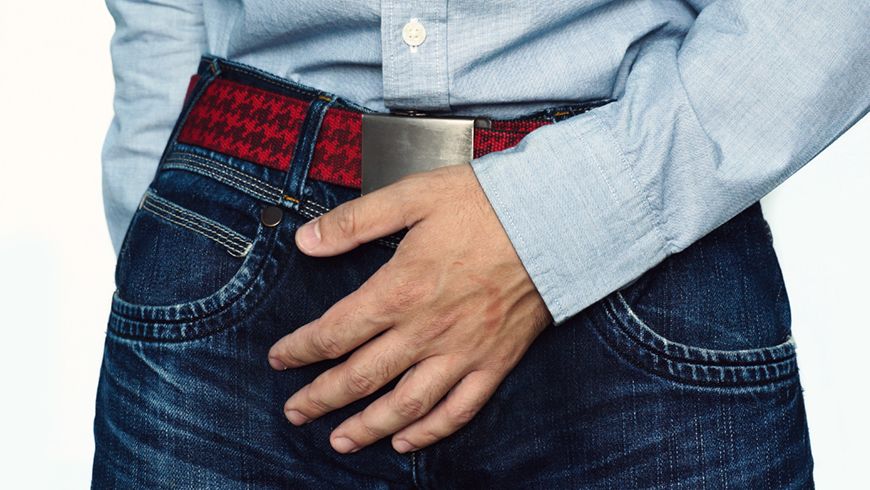
Male sterilisation, also known as vasectomy, is a procedure performed in order to prevent pregnancies. The sterilisation operation involves cutting the vas deferens, the duct that carries sperm from the testes towards the penis, and it is a safe and very reliable mode of permanent contraception. It is an easy procedure and it does not have any adverse effects on health or sexual activity.
Learn more: Female sterilisation (in Finnish)
Initiating the sterilisation process
1. In Finland, you are required to fill out an application for sterilisation. If you are over 30 or you have at least three children, only a statement from the doctor who will perform the procedure is required.
2. Before the procedure, you will be provided information about the meaning and effects of sterilisation at a doctor’s appointment. Our doctors who perform vasectomy operations can be found on the Doctors page, where you can sort and filter the search results according to your location or preferred outpatient clinic, for example. People living in the Hospital District of Helsinki and Uusimaa (HUS) can use a service voucher granted by a municipal authority to arrange a vasectomy.
3. You may book a time for the procedure that fits your schedule at a doctor’s appointment. The procedure should be performed so as to allow for an appropriate period of recovery. In most cases, sick leave in addition to the date of the procedure is not required.
4. Before the sterilisation, you are provided with a chance to deposit a semen sample in the Felicitas Mehiläinen sperm bank for later use. To arrange this, call our customer service number, the outpatient clinic in which the sterilisation will be performed or its sperm laboratory.
Male sterilisation as a procedure
The procedure is often performed under local anaesthesia. You will be administered a prophylactic medication, if necessary.
In the procedure, the vas deferens, a duct that carries sperm from the testes, is cut with small incisions in the scrotum so that the sperm cells cannot travel past the incisions.
There will be no changes to your semen or ejaculation, only the fertilising ability of the semen is negated.
Post-sterilisation treatment
In the sterilisation procedure, bandages are placed on the surgical wounds. The bandages can be removed on the day after the procedure. The stitches will dissolve within 1–2 weeks.
On the day of the procedure, the wounds should be kept dry. From the day after the procedure, you are allowed to wash yourself normally. Avoid bathing, swimming and going to the sauna for a couple of weeks after the procedure.
Once the local anaesthesia wears off, you may experience minor pain on the wound. You are allowed to take painkillers for this pain, if necessary. Wearing underwear that provides support in the area can also reduce the pain on the wound. You may also experience swelling and bruises. These will subside spontaneously approximately within a week. The scrotum may be sensitive to movement for a few days. Avoid strenuous physical activities and long periods of sitting for a few days after the procedure.
In order to ensure sterility, it is recommended to perform a semen analysis in a laboratory 12 weeks after the procedure. Additional follow-up examinations are not required.
Contraception after male sterilisation
You may continue your normal sex life approximately one week after the sterilisation. You should use contraception until your semen does not contain any sperm cells stored in the seminal vesicles. This takes 12 weeks.
Please remember that sterilisation is only a mode of contraception. It does not protect you or your partner from sexually transmitted diseases. For protection against such diseases, a condom must be worn.
Sterilisation reversal
The purpose of male sterilisation is permanent contraception, so anyone who wishes to undergo sterilisation should consider the matter carefully in advance. Although the vas deferens can be reattached, it cannot be guaranteed that the fertilising ability is restored.
Possible complications
Please contact a doctor if
- you experience swelling or intense pain on the wound or in the scrotum
- the pain or swelling increase over time
- the wound does not stop haemorrhaging or
- you experience a high fever of over 38 °C
Small hypertrophic scars can develop at the ends of the cut vas deferens that can be felt with fingers. These scars are completely harmless. The spontaneous recanalisation of the vas deferens is a rare event.